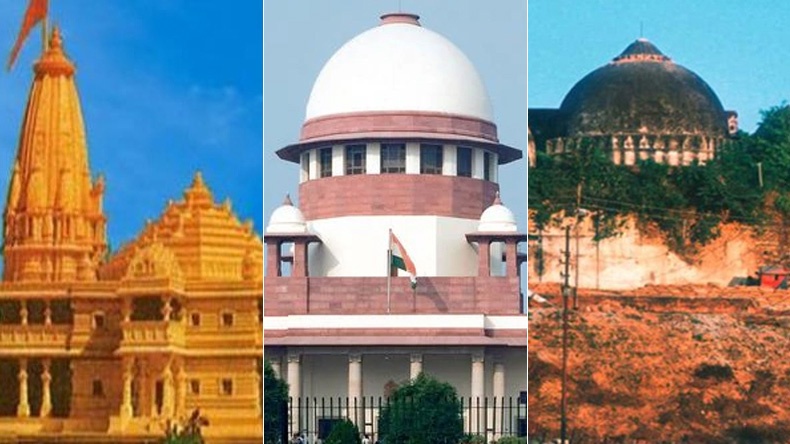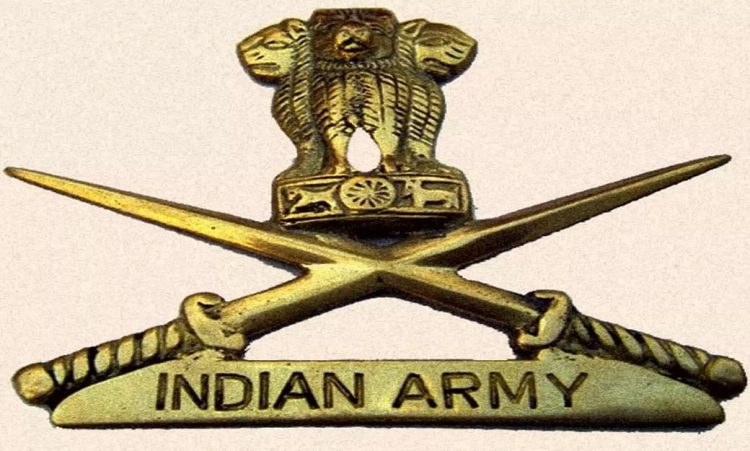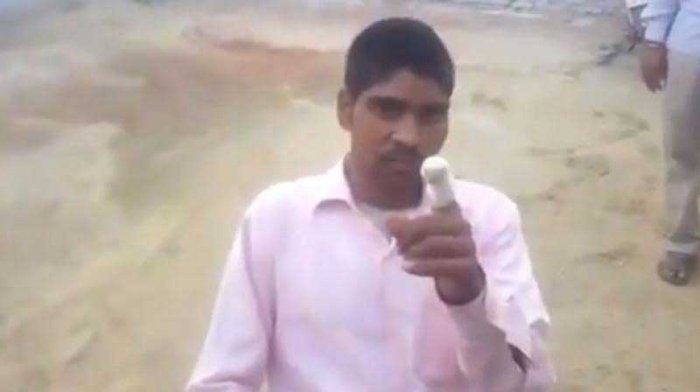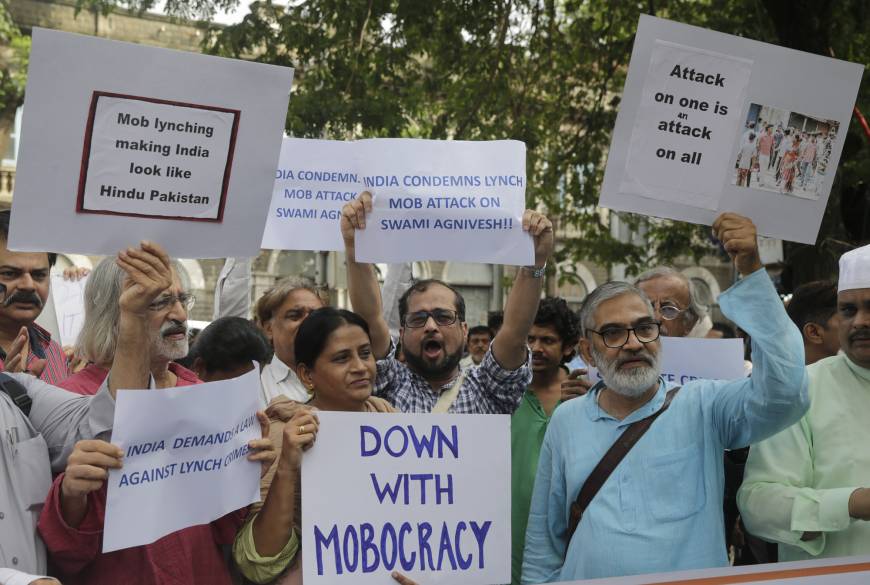Amidst Corona pandemic and lock down and growing Indian cases and death the ground levelling work at the proposed site of Ram temple construction started from May 11.
During excavation Ancient artefacts recovered from proposed site of ram temple in Ayodhya recently.
In an embrassing to RSS backed Hindutva Temple build movement ancient buddhism related artefacts found during the land levelling work at Ram Janmabhoomi in Ayodhya on Thursday proved that it was a Buddhist pilgrimage site
After the news spread viral Local Congress leader Udit Raj demanded analysis of the recovered items by Archaeological Survey of India (ASI).
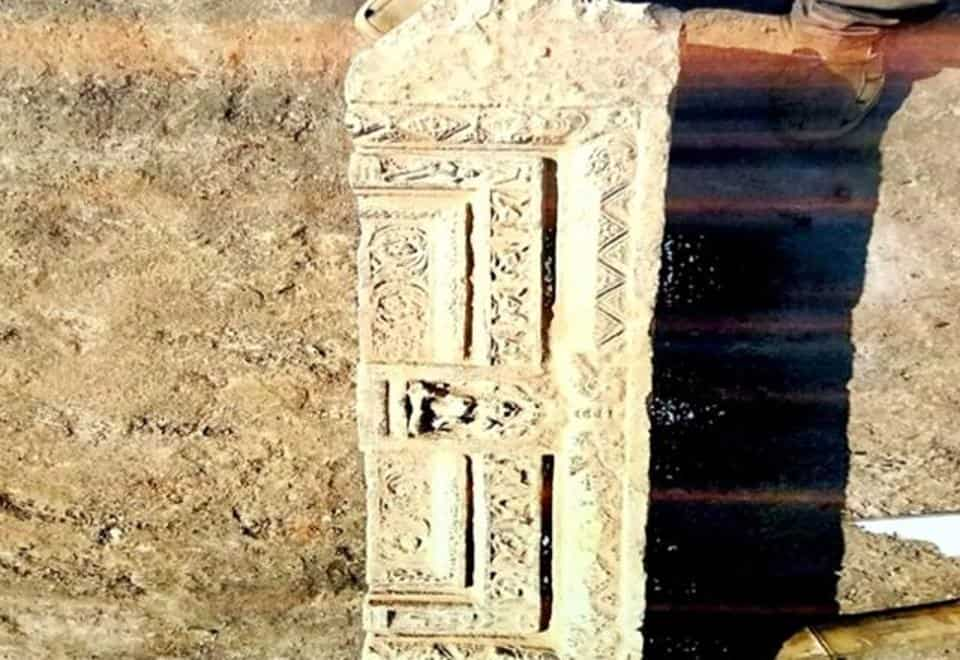
Buddhist Pillars found underneath Ayodhya temple excavation 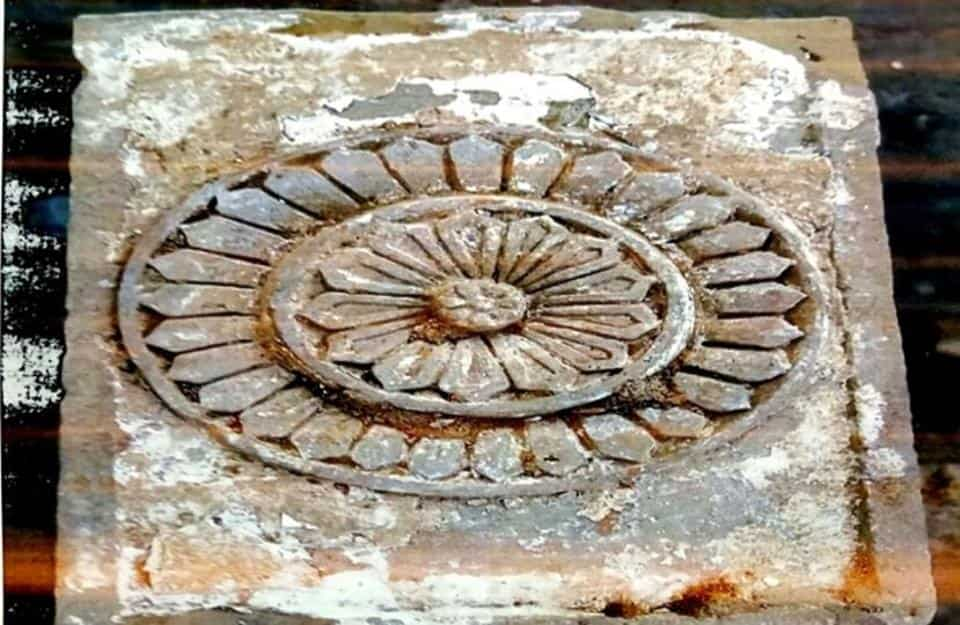
Buddhist Sculptures found underneath Ayodhya temple excavation
In a tweet on Friday, the former MP stated that the ‘Dhamma Chakra’ and ‘Stupas’ recovered from the site bore testimony to his claim.
“I am not commenting on the Supreme court verdict as the Apex Court had said it was a matter of faith. But all I am demanding is to get the area studied properly by a team of ASI so that historical facts were not distorted as evidence prove that the place is a centre of Buddhism. The ‘Dhamma Chakra’ and ‘Stupas’ found at the site of proposed temple is a clear evidence of what I am saying,” he added
“It is a historical fact that Faxian, the Chinese Buddhist monk who had travelled to India, had written about the presence of 100 Ashoka Stupas in Ayodhya. All I want is to save historical facts and not let it get distorted,” he added.
Modern Historians after though research said Faxian wrote a book on his travels, filled with accounts of early Buddhism as they were, at the turn of the 5th century CE.
He wrote about cities like Taxila, Patliputra, Mathura, and Kannauj in Middle India. He also wrote that inhabitants of Middle India also eat and dress like Chinese people.
In 414 he wrote (or dictated) Foguoji (A Record of Buddhistic Kingdoms; also known as Faxian’s Account).
He spent the next decade, until his death, translating the Buddhist sutra he had brought with him from India.
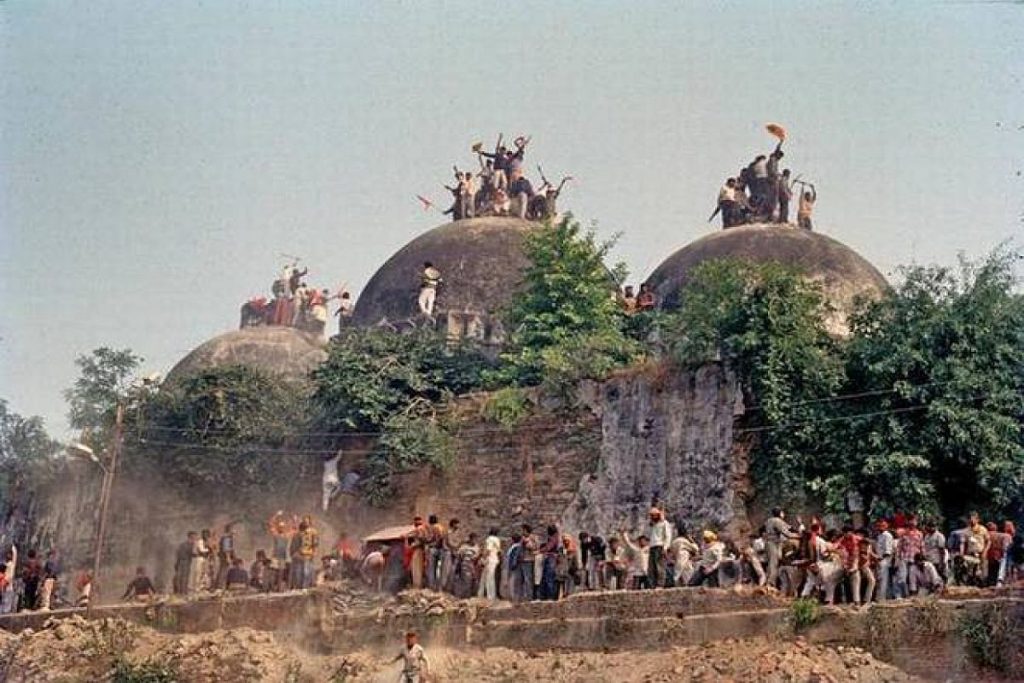
Read also : Hindu Priest Beheaded 52 Yr Old Man Inside Temple To End Coronavirus

